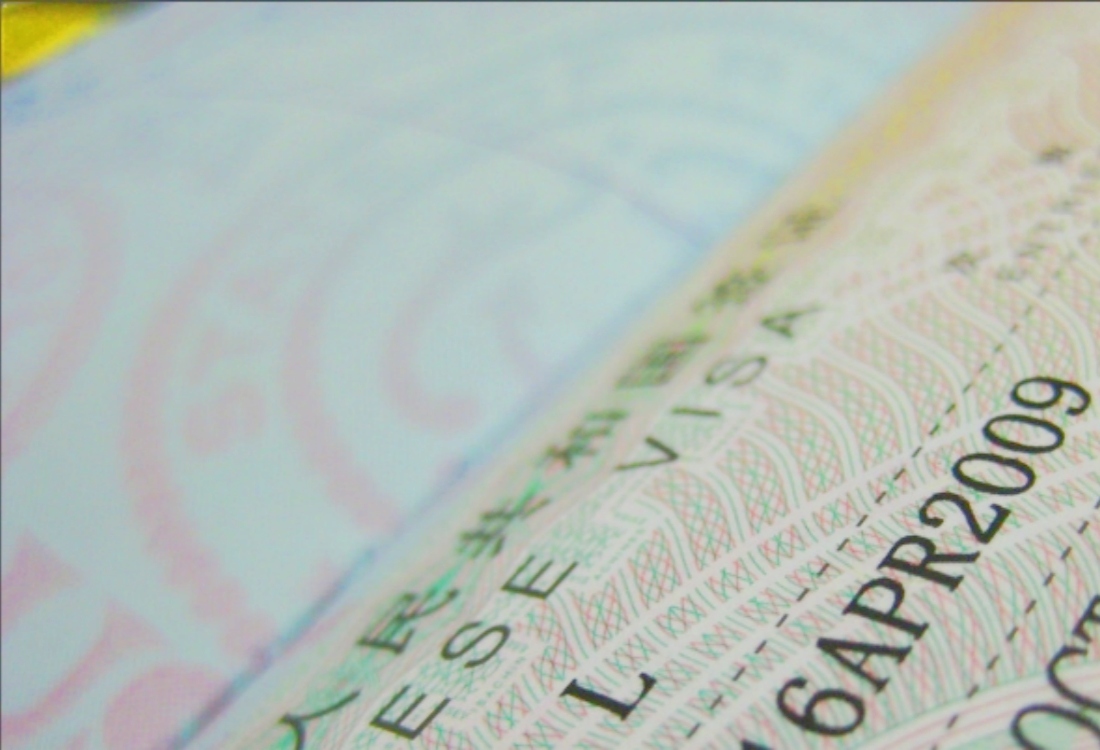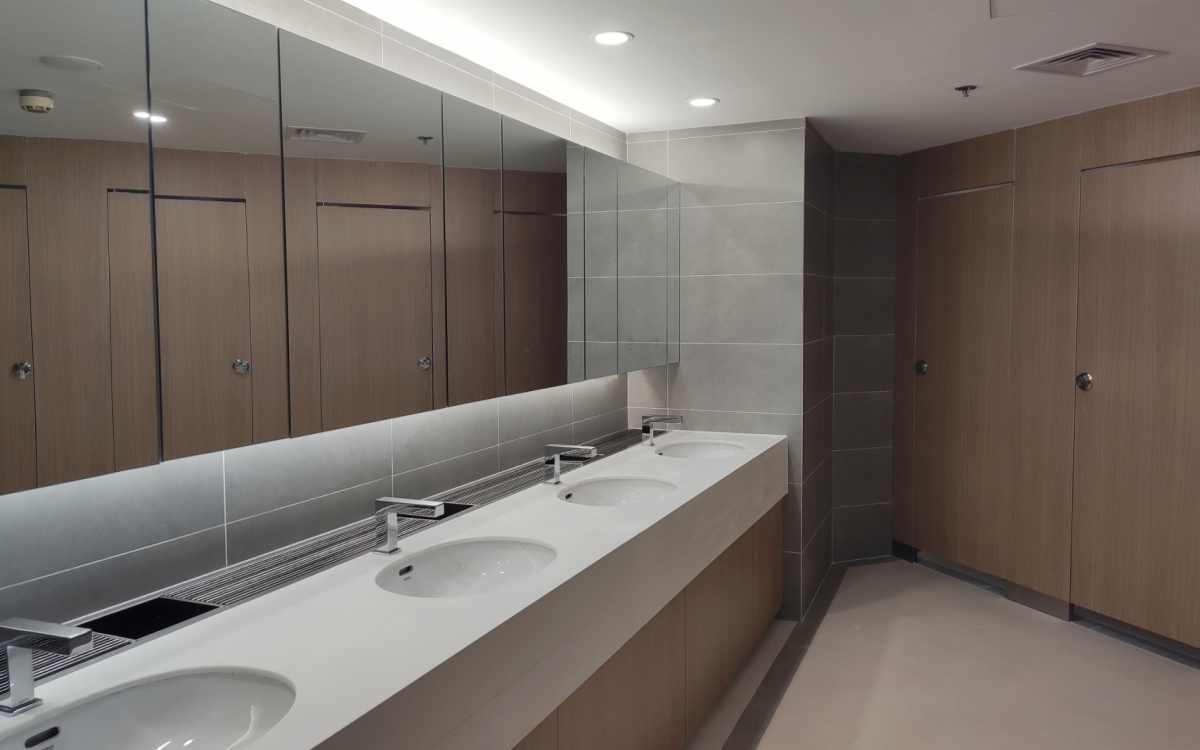Table of Contents
ToggleJourney back in time to Xi’an, China, where the awe-inspiring Terracotta Warriors stand as a silent testament to ancient imperial power and artistry. Discover the awe-inspiring Terracotta Warriors in Xi’an with our essential travel guide. Learn the best time to visit, how to get there, tour route and tips to make the most of your trip to this UNESCO World Heritage site.
What is the Terracotta Warriors
The Terracotta Warriors are a vast collection of life-sized clay sculptures of soldiers, horses, and chariots, built over 2,200 years ago to guard the tomb of China’s first Emperor, Qin Shi Huang. They represent a remarkable feat of ancient Chinese craftsmanship.Each warrior boasts unique facial features, hairstyles, and armor, showcasing the incredible skill and attention to detail of ancient Chinese artisans. The average warrior stands about 1.85 meters (6 feet) tall, with generals reaching up to 2.5 meters (8.2 feet).
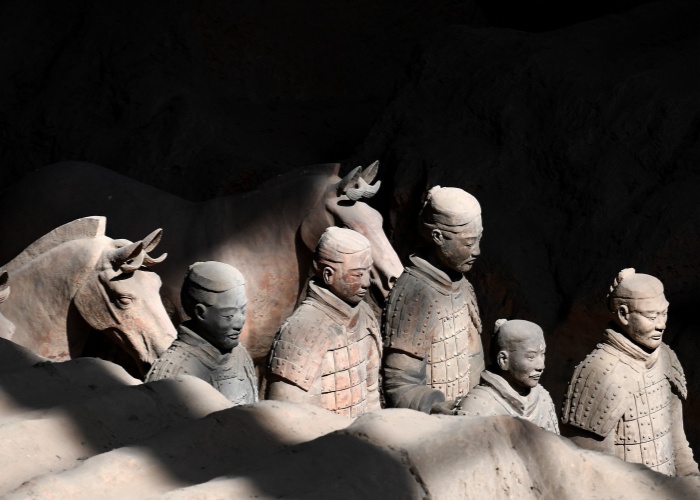
Best Time to Visit the Terrocotta Warriors
The Terracotta Warriors Museum is approximately 40 kilometers northeast of downtown Xi’an. Most visitors spend about half a day exploring the site, but combining it with other nearby attractions can extend your experience into a full day.
Time of Day
Arrive early in the morning, right when the museum opens at 8:30 AM. Crowds tend to increase significantly around 10:00 AM as large tour groups arrive. If an early start is not possible, visiting around lunchtime can also sometimes offer a brief respite from peak crowds. Visiting during the museum’s off-season hours (8:30-16:30 from November 16–March 15) can also mean fewer visitors.
Time of Year
The most comfortable weather conditions for visiting are during spring (March to May) and autumn (September to November). It’s also the best time to visit Xi’an other attractions. These months offer mild temperatures, making outdoor exploration pleasant. Avoid visiting during Chinese public holidays, especially the National Day holiday (October 1-7) and the Chinese New Year period, as the site will be exceptionally crowded. Winter (December-February) is the slack season, and since the main pits are sheltered, the weather will not significantly affect your experience inside the exhibition halls.

How to Get to the Terracotta Warriors
Traveling from Xi’an city center to the Terracotta Warriors typically takes about an hour. You have several transportation choices.
By Tourist Bus
This bus is cheap and convenient. It takes you directly to the Terracotta Warriors site. Make sure to line up early during busy travel seasons. Recommended for Most Travelers.
Bus Line: Tourist Bus No. 5 (also known as Bus 306)
Start Point: Xi’an Railway Station (East Square)
Schedule: Every 15-20 minutes from 7:00 AM to 7:00 PM
Time: About 1 hour
By Metro + Bus
Take Metro Line 1, then transfer to Line 9 to Huaqingchi station. From there, take tourist bus No. 613 for two stops to the Terracotta Warriors Museum. This option avoids traffic in central Xi’an. It’s good for those staying near a metro station.
Time: 1.5 hours total
By Taxi or Ride-Hailing App (DiDi)
This is a convenient option, It offers direct, comfortable travel, best for families or groups of 3–4 people.
Time: 45 minutes to 1 hour (depending on traffic)
By Airport Shuttle Service
If you are arriving directly from Xi’an Xianyang International Airport (XIY), a coach service runs directly to the Terracotta Warriors Museum. This option is convenient for visitors heading straight to the museum upon arrival.
Time: 60-70 minutes

What to See at the Terracotta Warriors Museum
The Terracotta Warriors Museum is divided into several key areas, each offering a distinct perspective on the ancient army. A well-planned route enhances your experience, often starting with smaller pits to appreciate the detail before being overwhelmed by the scale of the largest pit.
The Main Excavation Pits
Pit 1: The Grand Formation
This is the largest and most impressive pit, housing thousands of life-sized warriors and horses arranged in battle formation. You view the army from above, witnessing the sheer scale of Emperor Qin Shi Huang’s vision. It contains over 6,000 figures, many still being excavated or restored.
Pit 2: Diverse Units and Detailed Artifacts
Pit 2 offers a greater variety of military figures and artifacts, providing a deeper understanding of the army’s composition. Here, you’ll find archers, cavalry, and kneeling crossbowmen. It often allows for closer inspection of individual warriors.
Pit 3: The Command Center
The smallest pit, believed to be the command center, contains fewer but more detailed figures, including high-ranking officers and a single chariot. It offers a more intimate glimpse into the leadership structure of the army.
Beyond the Pits: Other Key Areas
Bronze Chariot and Horse Hall: This area displays exquisitely crafted bronze chariots and horses, highlighting the advanced artistry and engineering of the Qin Dynasty. These highly detailed, half-scale chariots were found near the emperor’s mausoleum.
Qin Shi Huang’s Mausoleum Site Park (Lishan Garden): While the emperor’s tomb itself remains unexcavated, this park includes the tumulus (burial mound) and satellite pits, such as K9901 (acrobat figures) and K0006 (civil official figures). A free shuttle bus connects the museum to this site.
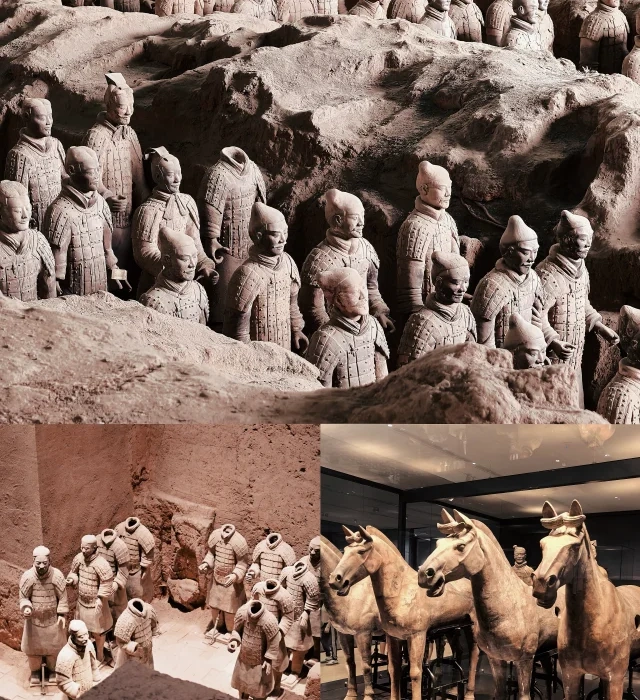

Xian Terracotta Army Day Tour: Top Attractions & Local Foods
Best Route to Visit the Terracotta Warriors
It is recommended to visit the Terracotta Warriors Museum by the following route.
Start with Pit 1
This is the largest and most visually striking of the three pits, covering over 14,000 square meters. As you enter, you’ll be greeted by an awe-inspiring army of over 1,000 life-sized warriors lined in battle formation. Each figure has distinct facial features and details, reflecting the craftsmanship of ancient artisans. In Pit 1, you’ll gain a powerful sense of the scale, organization, and discipline of Emperor Qin Shi Huang’s military force.
Move on to Pit 3
Much smaller in size, Pit 3 is often considered the command center of the army. Here, archaeologists discovered high-ranking officers, a war chariot, and no infantry soldiers, suggesting it played a leadership role. By visiting Pit 3 second, you shift your focus from the massed ranks of soldiers to the hierarchical structure and strategic planning behind the army’s deployment.
Finish with Pit 2
Pit 2, though not fully excavated, is rich in variety and detail. It houses archers, cavalry, war chariots, and infantry, representing multiple specialized military units. You’ll also see some of the most well-preserved and beautifully detailed warriors, many displayed in glass cases up close. This pit provides insight into the tactical diversity of the army and showcases the remarkable level of military sophistication during the Qin Dynasty.
The route is divided according to archaeological logic, from the largest to the most detailed, giving a comprehensive and fascinating experience.
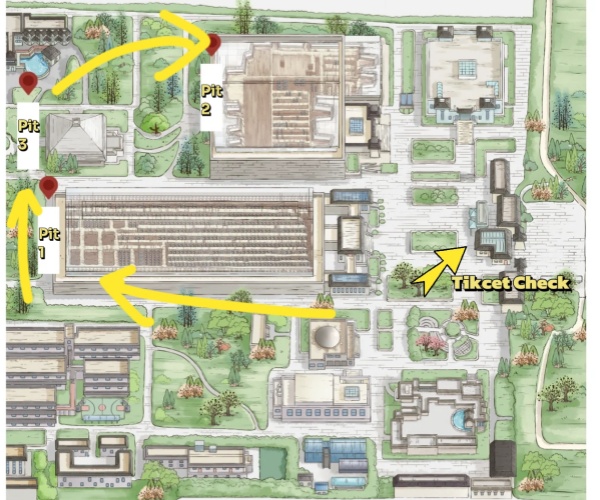
Practical Tips for a Memorable Visit
To make your day smooth and enjoyable, keep these practical tips in mind:
Wear Comfortable Shoes: The site is large and flat, involving considerable walking. Choose footwear that supports your feet well.
Bring Water and Snacks: Staying hydrated is important, especially during warmer months. Pack light snacks as food options inside the pits are limited.
Photography Rules: Photography without flash is generally permitted. However, stepping into the pits or touching the relics is strictly forbidden. Consider a telephoto lens for clearer views of the warriors.
Luggage Lockers: Lockers are available at the museum for your convenience if you bring larger bags.
Crowd Avoidance: As mentioned, early mornings on weekdays are best. If visiting during holidays, prepare for larger crowds.
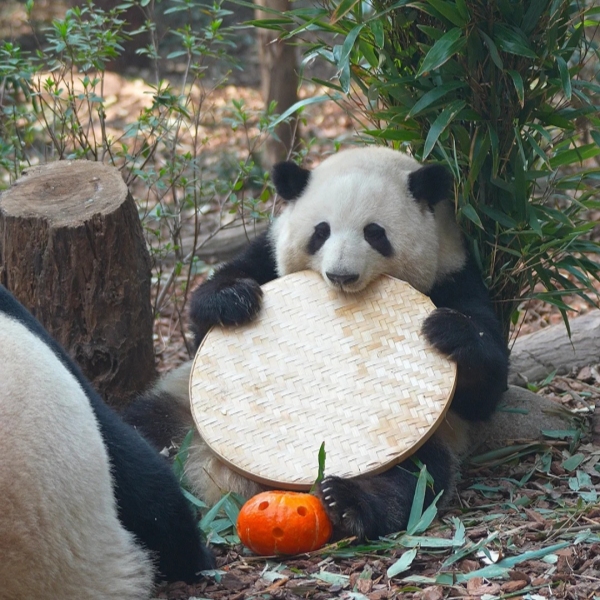
6 Days Xi’an-Chengdu Cultural Tours : Terracotta Warriors & Pandas
Other Xi’an Attractions to See
Your visit to the Terracotta Warriors is just one part of Xi’an’s rich tapestry of history and culture. Many travelers combine their museum visit with other nearby attractions and experiences to make the most of their time in this ancient city.
Xi’an City Wall: Rent a bike and cycle along the ancient, well-preserved city walls, offering panoramic views of the city and a unique historical experience.
Big Wild Goose Pagoda:A symbol of Xi’an, this historic Buddhist pagoda dates back to the Tang Dynasty and offers insight into ancient Chinese Buddhism and architecture. The surrounding plaza features fountains, gardens, and light shows in the evening.
Bell Tower and Drum Tower: Located in the city center, these iconic towers are beautiful examples of Ming-era architecture. They are especially scenic when lit up at night and provide an excellent vantage point for photography.
Muslim Quarter: Immerse yourself in the vibrant atmosphere of Xi’an’s Hui Min Street, where you can enjoy Xi’an famous food.

Here is a concise overview of key operational details and practical advice to help you prepare for your visit to the Terracotta Warriors.
| Category | Detail |
| Location | Approximately 40 km northeast of Xi’an city center |
| Opening Hours (Peak Season) | 8:30 AM – 6:00 PM (March 16 – November 15) |
| Opening Hours (Off-Season) | 8:30 AM – 5:30 PM (November 16 – March 15) |
| Last Entry | 3:30 PM |
| Recommended Visit Duration | 2-3 hours (for museum pits) |
| Best Time to Arrive | Early morning (8:30 AM) on weekdays |
| Identification Required | Passport for entry |
| Photography | Permitted without flash; no stepping into pits or touching relics |
| On-site Facilities | Luggage lockers, restrooms, accessible pathways, electric cart service |
Frequently Asked Questions(FAQ)
How far is the Terracotta Warriors from Xi'an City Center?
The Terracotta Warriors Museum is located approximately 40 kilometers northeast of downtown Xi’an. Travel time by car or bus typically takes around one hour.
How long does it take to visit the Terracotta Warriors?
A comprehensive visit to the Terracotta Warriors Museum and the Mausoleum of the First Qin Emperor (Lishan Garden) typically takes 3-4 hours on site. If you include travel time from Xi’an, plan for a half-day to a full-day trip.
Can I visit the Terracotta Warriors without a guide?
You can visit independently, but many travelers recommend hiring an expert guide. A guide provides invaluable historical context, shares fascinating details about the warriors, helps navigate the site efficiently, and enhances your overall understanding and appreciation of this significant historical wonder.
What other attractions can I visit near the Terracotta Warriors?
There are many things to do in Xi’an to complement your visit. Popular options include the Huaqing Palace and Hot Springs, the Ancient City Wall of Xi’an, and the vibrant Muslim Quarter for food and culture. A customized tour can easily incorporate these into your itinerary.






